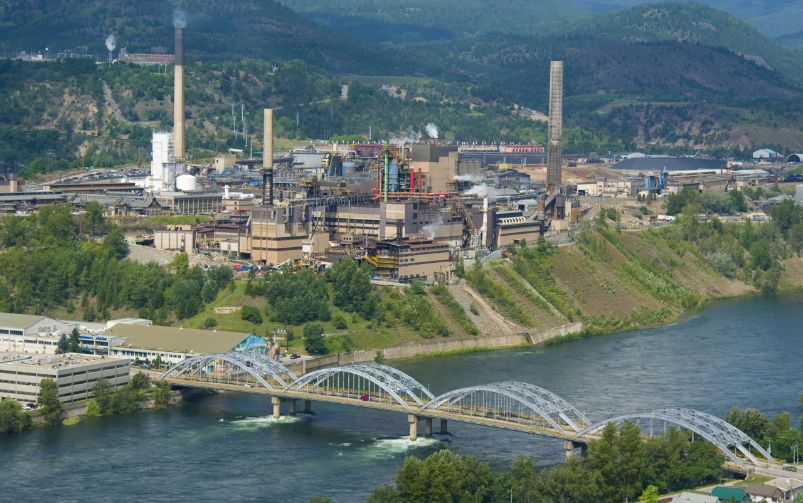The Cedar LNG project (rendering pictured above), a proposed Indigenous-led liquefied natural gas export facility in B.C., will receive federal funding to move forward. Courtesy of Cedar LNG.
On March 21, shortly after his First Ministers’ meeting with Canada’s premiers in Ottawa, Prime Minister Mark Carney announced several initiatives aimed at bolstering Canada’s economy and reducing interprovincial trade barriers. Among these measures is a policy to allow major mining and infrastructure projects to move forward with approval from provinces and territories alone, eliminating the need for duplicative federal approval.
“So, one project, one review, and we will work with the provinces and other stakeholders, Indigenous groups, to identify projects of national significance and accelerate the timeframe to build,” Carney said during a news conference on March 21.
With Carney’s call for an early federal election, Conservative leader Pierre Poilievre has been ramping up his campaign, including a March 19 visit to Sudbury, Ontario, to announce his plan to accelerate the development of the Ring of Fire region within six months if elected. However, the environmental assessment for the Northern Road Link, which would connect the Ring of Fire region to Ontario’s highway network, is not expected to be completed until 2026, conflicting with Poilievre’s promise of a six-month timeline.
On January 28, the Ontario government pledged over $90 million to upgrade vital infrastructure in northern Ontario, supporting mining in the Ring of Fire region and connecting First Nations communities to major highways.
The Prime Minister’s announcement of a “one review” permitting system was accompanied by several other measures aimed at further unlocking domestic economic projects. The federal government has agreed to commit up to $200 million for the construction, commissioning and operation of the Cedar LNG project, a proposed Indigenous-led liquefied natural gas export facility that would be located near Kitimat, B.C. The project, a partnership between the Haisla Nation and Pembina Pipeline Corp., is estimated to cost around $5.8 billion to construct. The project has secured all necessary regulatory approvals, with early construction work already under way and operations expected to begin in late 2028.
Looking ahead, Carney highlighted several projects that could benefit from an expedited review process, such as the Grays Bay Road and Port project in western Nunavut—designed to link the Slave Geological Province of Nunavut and the Northwest Territories, which is rich in mineral deposits, to a deepwater port via an all-season road—and the development of the Ring of Fire region in northwestern Ontario.
The federal government will also invest $175 million in the Hudson Bay Railway and Port of Churchill to open new transportation corridors, drive economic growth and reconciliation in the Arctic and Far North and enhance access to global markets for Canadian products. This funding follows the Manitoba government’s February commitment of $36.4 million over two years to the Arctic Gateway Group for supporting infrastructure projects at the port.




